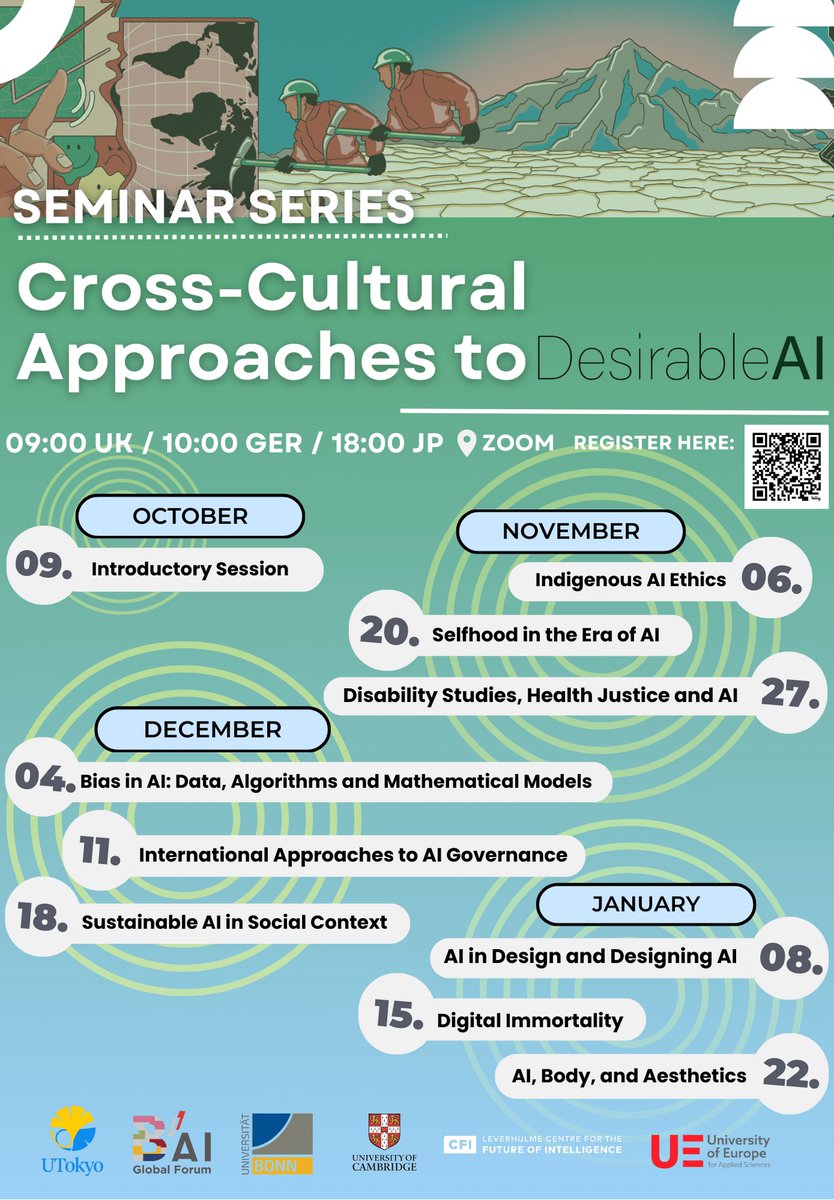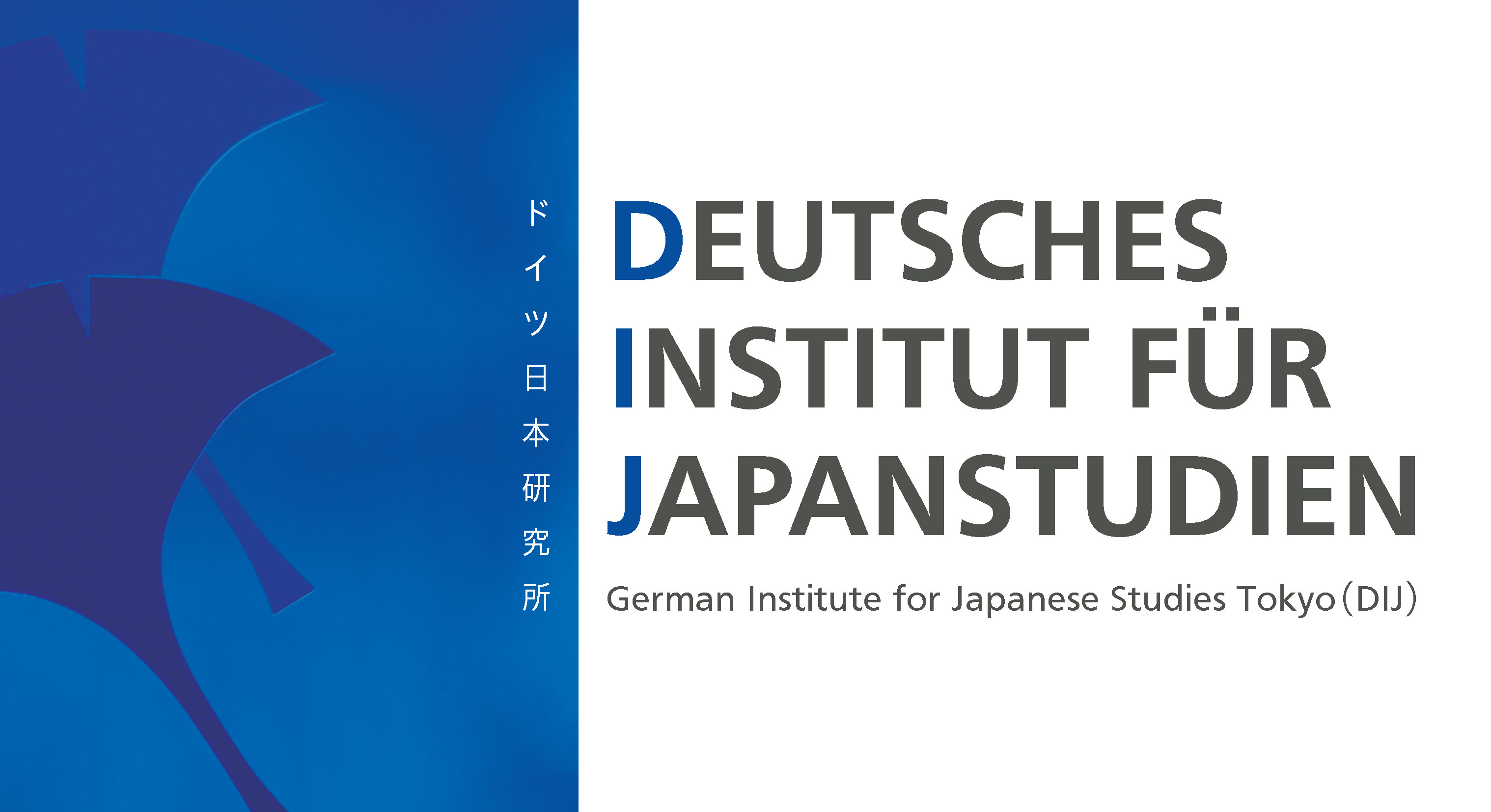イベント&アクティビティ
地方のポリシーメーカーの挑戦としての人口動態の変化 – 日本とドイツの地方自治体の戦略と解決策

出生率の低下、高齢者、とりわけ要介護者の増加、そして人口減少などを特徴とする人口動態の変化は、特に地方自治体を直撃する。またここから、様々な課題が複雑に絡み合っていることもはっきりする。
重層的かつ多様な問題に対応できるのは、全体論的で、現地の状況に合わせた解決のアプローチのみである。本会議では、人口動態が突きつける課題について、日独の地方自治体を例に検討し、国レベル、地方レベルにおける、具体的な解決戦略を想定し、議論する。
Seoul’s Namsan under Japanese Influence – Japanese Ritual Life and Assimilation Policy in Korea, 1890-1945

Namsan is a small mountain in central Seoul. It was used for propaganda both by the Japanese who settled there in the 1890s and by Koreans until the democratization of South Korea in the 1980s. However, as Namsan nowadays has become a famous leisure attraction for tourists as well as locals, the fact that it has a troubled and politically charged history is mostly forgotten.
This talk outlines the changes on Namsan around the period of Japanese rule. During that time, Shintō shrines and Buddhist temples were continuously built on and around Namsan, turning it into the center of Japanese ritual life. At the same time, by removing traditional Korean ritual sites, Koreans were estranged from their own spiritual traditions. From 1925, when the Japanese Government and the Government-General of Chōsen decided to build Chōsen Jingū on Namsan, the issue of Koreans visiting Namsan and taking part in Japanese ritual life became even more politicized. As a result, Namsan was slowly turned into a space of assimilation of Koreans into Japanese – a development that reached its pinnacle when Koreans were forced to pray at shrines during the wartime years.
Living Diversity: A Comparative View on Identity, Gender and Sexual Orientation in Contemporary Japan and Germany

Homogeneity is a myth. Diversity, on the other hand, has become a buzzword in Japan and elsewhere. It can be understood as both a chance for society to become more open and tolerant, or as a risk to grow heterogeneity and inequalities.
This panel discussion will reflect what diversity means for a society and how this is connected to the reality of everyday life. By focusing on issues of identity, gender and sexual orientation in Japan, Germany and beyond, we bring together two activists and a scholar who address multiple dimensions of diversity.
Culture at work. On the interplay of cultural change and job satisfaction in a Japanese multinational company

Job satisfaction in Japan has become a widely-debated issue, especially since research findings indicated that it ranks among the lowest in the world (e.g. Hipp and Givan Kolins 2015).
Moreover, surveys suggest that compared to other aspects of life, such as family or education, Japanese are least satisfied with their working lives (Holthus et al. 2015).
At the same time, global megatrends and market forces are reshaping Japanese workplaces, for example in the form of international mergers and acquisitions, which lead to direct confrontations of different cultures and elicit inevitable changes to the existing work culture. So far, however, the implications of such changes for organizational cultures and employee satisfaction have rarely been addressed in qualitative research. My study aims to provide a deeper understanding of the interrelations between job satisfaction, globalization and culture and asks to what extent job satisfaction interacts with and depends on culture.
書籍共同展示
幕末の日本

大政奉還から150年。
1853年のペリー来航から1867年の大政奉還までの間に繰り広げられたヨーロッパ、北米などの国々と幕末日本の歴史を示す資料を各館で展示します。
展示内容・入室等のお問い合わせは各図書室にお願いいたします。
Humans & Machines in Medical Contexts: Case Studies from Japan

Medical instruments and technologies can be used to manipulate the human body, ranging from general devices with extremely low risk to such ones highly invasive to patients. Many technologies and electronic appliance nowadays in use; however, took their roots in the second half of the 19th century and increasingly merged into clinics and hospitals during the following century. At present, there can be observed a thrust of technological progress at high pace in the field of biomedical engineering and medical informatics, which contribute additionally to new configurations in in the human-device interplay in Japan.
In order to explore the issues arising from the clinical practices vis-à-vis applications of the (then new) medical devices”, the workshop casts light on their various aspects. The participants will address features regarding the historical, legal, socio-structural, engineering and bioethical conditions and consequences of the interplay between humans and medical technologies or instruments, respectively health care practices in contemporary Japan.
Towards an Intellectual History of Japan’s 1980s Bubble Culture and Economy
In the popular imagination of contemporary Japan, the so-called ‘Bubble Economy’ of the late 1980s has become a place of nostalgia by itself. In it, the 1980s live on as a spectacular feast with endless excitement and seemingly bottomless resources, while contemporary Japan seems mired in dearth and boredom of the everyday. Of course, things were not quite what they seem, as 1980s Japan was also a deeply neurotic society, beset by anxieties and fears that were shared by many cold-war societies, but in part also entirely local. Thus, studies of the culture of the period either focus on the sense of loss and of nostalgia for vanishing traditions (whatever their claims to authenticity) or on the relentless commodification that went hand in hand with it but seemed strangely disconnected.
The Status of Japanese Career Women in their Professional and Private Life

Not that long ago, the term “Japanese career women” almost had been a contradiction in itself. Times have changed and Japanese women pursuing a career is a much talked about topic in politics (“womenomics”) and the media. But has the situation really changed for career women “on the ground”? What are their opportunities and what are their challenges? To what extent are profes-sional expectations and expectations in their private life contradicting each other? And finally, are contradicting expectations resulting in identity conflicts and what are the strategies to cope with these conflicts?
These are questions to be addressed in the presentations. The presentation by Markus Pudelko is based on more than 70 interviews that he has conducted in Japan over the course of several years.








 Open Access
Open Access
